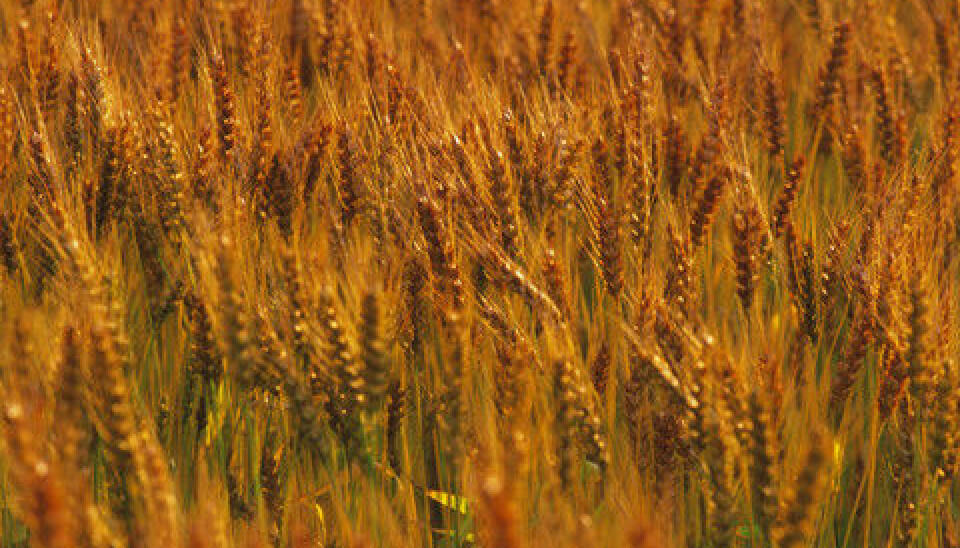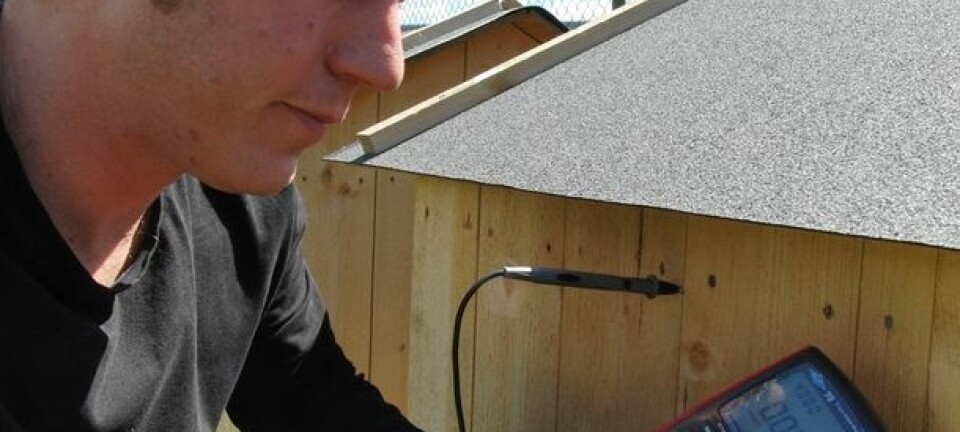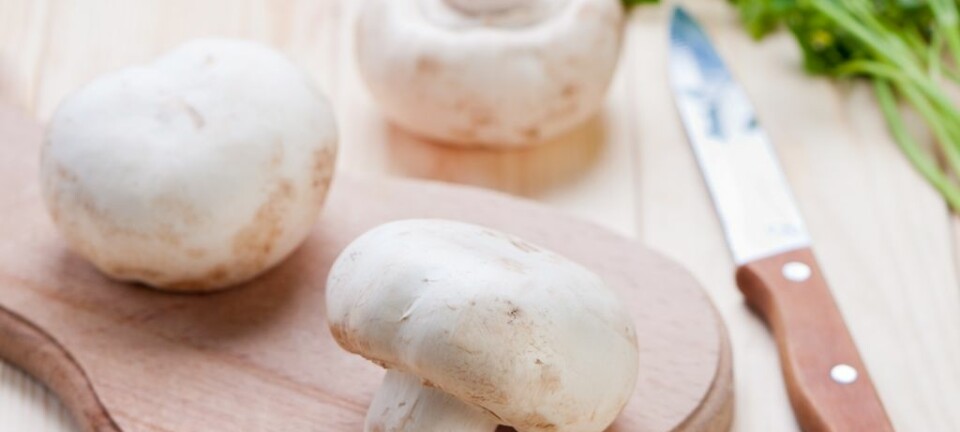
Hybrid fungus threatens agriculture
A new breed of fungus appeared less than 500 years ago, when the genes of two different types were accidentally mixed. Such hybrid fungi may be a threat to agriculture.
Less than 500 years ago fungus spores of two different varieties of fungus met and produced offspring. The unlikely match marked the beginning of a new species. The fungus is now known as S1 and infests grass growing in the wild in a region of Iran.
New research has mapped the genome of five different individuals of the S1 fungus and discovered the surprisingly young age of the species.
The results have been published in the scientific journal PNAS.
Like a hot date between a man and a monkey
According to the researchers behind the study, fungus hybrids like S1 can become a threat to agriculture and nature, because they mix genetic maps from different parent species and gather the strongest traits in the new species.
We have reached a new understanding of the ways in which new fungus species come into being
This equips them with the best possible basis for survival and the opportunity to live on and feed off a new host species.
“We have reached a new understanding of the ways in which new fungus species come into being,” says Professor Mikkel Heide Schierup, of the Centre for Bioinformatics at Aarhus University.
“The creation of S1 is comparable to a sexy encounter between a man and an orangutan. Hybridisation offers nature a whole new host of material to work with. It makes it possible for the fungi to make a large evolutionary leap that can threaten agriculture.”
Schierup has collaborated with Eva H. Stukenbrock of the Max Planck Institute for Microbiology to map the entire genetic code for the S1 fungus.
Hybrid genomes spill the beans on the past
In their research, the scientists compared the genomes of five S1 individuals. They found that the fungi only have a very small degree of variation found in a number of places in the genome.
The power of fungi to hybridise and create new species should be taken into account when in future we attempt to control the threats that agriculture faces.
On the basis of this knowledge, the researchers were able to conclude that they were dealing with a species that was relatively new.
“Normally, minor variations occur in the genome over the course of time. Because of this, individuals have variation in their genetic code even though they belong to the same species. In S1, some parts of the genome had no genetic variation whatsoever, while others differed completely,” says Schierup.
The reason for this is that the entire new species stems from just two individuals from different species. This means that all individuals of the S1 species have their genetic information from either the one parent or the other.
This makes two individual fungi either identical or completely different. What makes the crucial difference is whether the area of the genome in question stems from the same ancestral species or from two different ones.
“In that way, the genome of the fungus becomes a mosaic of genetic information from the two parent individuals,” he says.
Fungus hybrids may pose a threat to agriculture
This is the first study ever to have identified a hybrid solely through studying of the genetic material of a species.
Other hybrids in the plant kingdom are known, but these haven’t been subjected to study at the same level of detail.
Even though S1 was the result of a random encounter, its following development was not a matter of chance. That too is revealed to the researchers by the genetic material.
“We can tell that the development of S1 since the hybridisation hasn’t been left to chance. Some traits of the new species have been bad, while others have been good,” he says.
“Evolution has handpicked those individual traits from each mother-species that have best adapted S1 for existence as an individual species. It has had the power to do that, and there have been several different traits to choose from.”
He estimates that hybridisation must happen relatively often in order for the fungus to have a bearing on agriculture in the future.
“The power of fungi to hybridise and create new species should be taken into account when in future we attempt to control the threats that agriculture faces.”
Eva H. Stukenbrock and Mikkel Heide Schierup continue their collaboration on the S1 fungus by mapping the genomes of another 50 individuals. The goal is to piece together an exact image of the development of the species, dating back to its inception almost 500 years ago.
-----------------------------
Read this article in Danish at videnskab.dk
Translated by: Iben Gøtzsche Thiele







